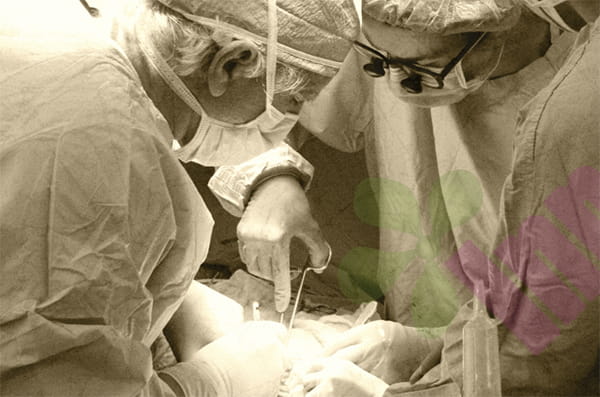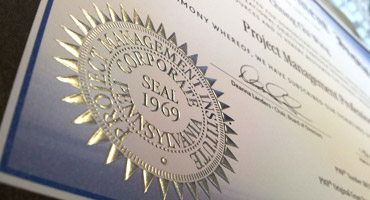Systematic rehabilitation and care are necessary after the removal of internal fixation devices for fractures. This stage is crucial for functional recovery and prevention of complications. Although the removal surgery is relatively simple, improper postoperative care can still affect the recovery outcome.

early postoperative care :
Post-operatively, it's important to change the wound dressing frequently. Choosing a suitable moist wound dressing is beneficial for wound healing. Regularly observe the wound for redness, swelling, oozing, or unusual pain. Apply ice packs within the first 48 hours post-surgery to reduce swelling and pain. Elevate the affected limb to promote venous return and reduce tissue edema.
Precautions during the wound healing period :
Sutures are removed 7-14 days post-surgery; avoid getting the wound wet during this period. Continue to use sterile dressings for 2-3 days after suture removal. Showering is permitted once the wound has completely healed, but avoid vigorous scrubbing. Initially, use only water to clean the wound and avoid using harsh bath products. Mild numbness may occur around the wound; this is normal. Vitamin E oil or silicone gel can be applied to the scar to promote softening.
Gradual progression of rehabilitation exercises
In the early stages, focus on isometric muscle contractions to maintain muscle strength and prevent atrophy. Gradually increase joint range of motion exercises to avoid stiffness. Introduce weight-bearing exercises gradually based on fracture healing progress. Training intensity should be moderate, avoiding severe pain. Combine with physical therapy to enhance rehabilitation. Regularly follow up with X-rays to assess bone condition.
Common complications:
Postoperative swelling is a normal reaction and can be relieved by elevating the affected limb. Muscle atrophy requires systematic exercise to recover. Joint stiffness requires early functional exercises. Local numbness usually improves gradually over time. Occasional pain can be relieved with rest and ice application. Fatigue is normal during the recovery period.
Returning to normal activities :
Office work typically allows for recovery 2-4 weeks post-surgery. Physical labor requires a gradual recovery over 3-6 months. Sports activities should be planned according to the specific program. Driving should only resume after full muscle control has been restored. Lifting heavy objects should be done gradually, increasing the weight as needed. Daily activities should be undertaken to avoid accidental falls.

Possible complications :
Infection manifests as redness, swelling, heat, pain, and oozing from the wound. Nerve damage leads to sensory and motor impairments. The risk of refracture exists before the screw holes heal. Thrombosis is more common after lower extremity surgery. Heterostomy affects joint function. Instrument residue occasionally occurs.
For more information on Innomed®Silicone Foam Dressing , Refer to the Previous Articles. If you have customized needs, you are welcome to contact us; You Wholeheartedly. At longterm medical, we transform this data by Innovating and Developing Products that Make Life easier for those who need loving care.
Editor: kiki Jia

 English
English عربى
عربى Español
Español русский
русский 中文简体
中文简体








